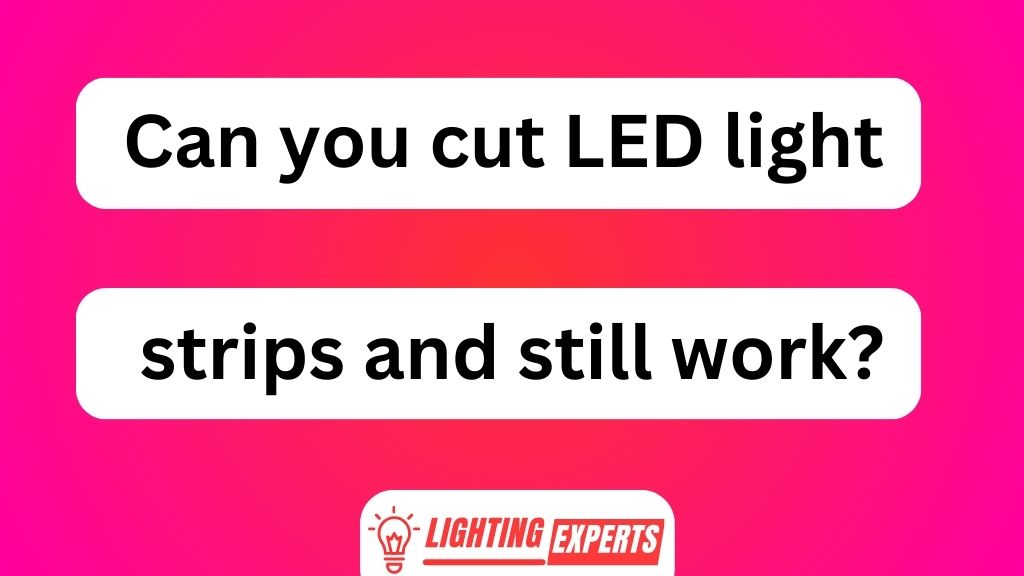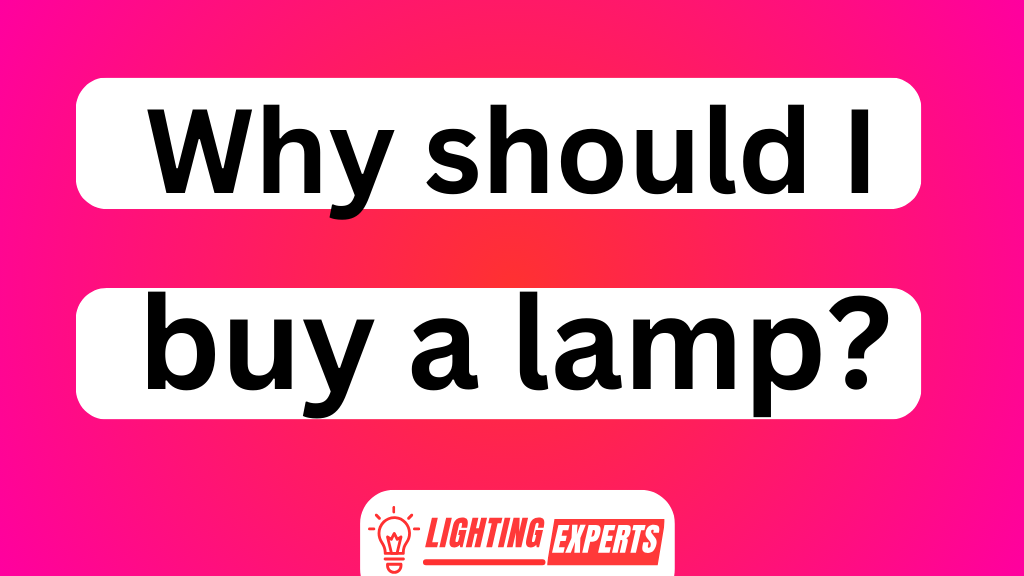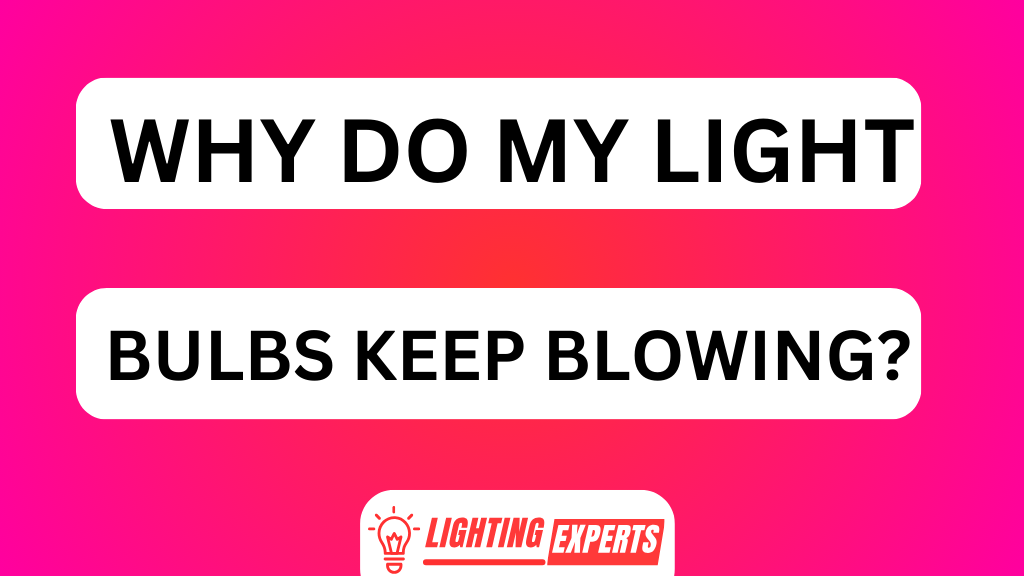Are you ready to shed some light on the cutting-edge world of LED light strips? Well, buckle up because we’ve got all the information you need!
In this article, we’re going to dive deep into the question that’s been keeping you up at night: Can you cut LED light strips and still make them work?

Prepare to be amazed as we unravel the mysteries of LED light strip cutting, from the factors to consider before taking that snip to the tools and materials needed for a successful operation.
So, let’s get started and illuminate your way to LED strip-cutting success!
Key Takeaways of Can You Cut LED Light Strips and Still Work
- LED light strips can be cut and still work.
- Specific guidelines should be followed to avoid damaging the circuitry.
- Factors such as length requirements, manufacturer’s guidelines, and functionality should be considered before cutting LED light strips.
- Essential tools for cutting LED light strips include a sharp utility knife, scissors, and wire cutters.
Understanding LED Light Strips
Yes, you can cut LED light strips and they’ll still work. Understanding the cutting techniques for LED light strips is essential to ensure proper functionality.
When cutting LED light strips, it’s crucial to follow specific guidelines to avoid damaging the circuitry or compromising the overall performance. First, identify the designated cut points on the strip, usually indicated by copper pads or markings. Use sharp scissors or a precision knife to make a clean cut along these marked areas.
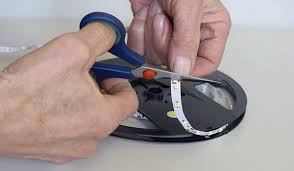
After cutting, it’s important to troubleshoot any potential issues that may arise. Common troubleshooting steps include checking for loose connections, ensuring correct polarity alignment, and inspecting for any damaged components.
Factors to Consider Before Cutting LED Light Strips
Before making any decisions, it’s important to take into account several factors when considering whether or not to trim your LED light strips.
Here are three factors to consider:
- Length requirements: Assess the area where you plan to install the LED light strips and determine if the default length will suffice or if trimming is necessary.
- Cutting method: Understand the cutting guidelines provided by the manufacturer. Some LED light strips can be trimmed at designated cut points, while others require more precise cutting techniques.
- Functionality: Consider how trimming the LED light strips might affect their functionality. Will cutting them impact their brightness level or color consistency?
When it comes to trimming LED light strips, these tips and tricks will help you make an informed decision. By carefully considering these factors, you can ensure that your lighting project meets your specific needs and requirements.
Tools and Materials Needed for Cutting LED Light Strips
When it comes to cutting LED light strips, there are a few key points to consider. First and foremost, you’ll need the right tools for the job.
Additionally, having the necessary materials on hand is crucial in ensuring a successful cut.
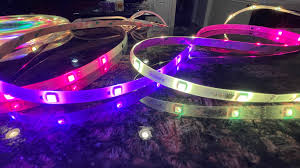
Lastly, understanding LED strip compatibility is essential in order to achieve the desired results.
In this discussion, we’ll delve into each of these aspects in detail, providing you with all the information you need to effectively cut LED light strips.
Tools for Cutting
To cut LED light strips, you’ll need a few tools. Here are three essential tools for cutting LED light strips:
- Sharp utility knife: A sharp utility knife is crucial for making clean and precise cuts on LED light strips. It allows you to easily score the strip before applying pressure to cut through it.
- Scissors: While a utility knife is great for straight cuts, scissors can be handy for cutting curves or smaller sections of the LED light strip. Make sure to use sharp scissors to avoid frayed edges.
- Wire cutters: If your LED light strip has pre-soldered wires or connectors that need to be trimmed, wire cutters are necessary. They ensure clean and accurate cuts without damaging the wiring.
When using these tools, it’s important to follow proper techniques for cutting LED light strips. Measure and mark where you want to make the cut, apply even pressure while cutting, and always work in a well-lit area for better visibility.
Materials Needed
Make sure you have the following materials on hand for cutting LED light strips: a sharp utility knife, scissors, and wire cutters. These tools are essential for achieving clean and precise cuts during the installation process.
To further assist you in understanding the importance of these tools, here is a step-by-step guide on how to cut LED light strips:
| Step | Instructions |
|---|---|
| 1 | Measure the desired length of your LED light strip. |
| 2 | Use a sharp utility knife to score along the designated cutting line. |
| 3 | Gently bend the strip back and forth until it snaps at the scored line. |
Following these steps will ensure that your LED light strip is properly cut without any damage or loss of functionality.
Now that you have successfully cut your LED light strip, let’s move on to discussing its compatibility with other devices and systems.
LED Strip Compatibility
LED strips are compatible with a variety of devices and systems, allowing for versatile lighting options in different settings. They can be installed on walls, ceilings, furniture, or even inside vehicles. Here are three key benefits of using LED strips:
- Easy Installation: LED strips come with adhesive backing that makes them easy to install without the need for additional tools or hardware.
- Customizable Length: LED strips can be cut at specific intervals to fit any length required for your project, ensuring a seamless and professional finish.
- Troubleshooting Made Simple: If you encounter any issues with your LED strip installation, troubleshooting is straightforward. Common issues include loose connections or faulty power supplies which can be easily identified and fixed.
Now that we understand the compatibility of LED strips, let’s move on to a step-by-step guide to cutting LED light strips.
Step-by-Step Guide to Cutting LED Light Strips
When it comes to cutting LED light strips, it is crucial to prioritize safety and maintain the functionality of the strip.
To ensure a safe cutting process, we recommend using sharp scissors or a utility knife while adhering to proper safety precautions such as wearing gloves and eye protection.
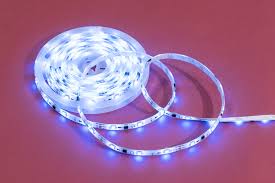
Additionally, it is important to consider maintaining the functionality of the LED strip by cutting at designated intervals and ensuring proper electrical connections are made.
Cutting LED Strip Safely
It’s important to ensure you cut LED light strips safely. LED light strips are a popular choice for adding ambiance and lighting effects to various spaces. However, improper cutting techniques can lead to potential risks such as electric shock or damage to the strip itself.
To help you cut LED light strips safely, consider the following:
- Use sharp and appropriate tools: A clean and precise cut is crucial for maintaining the functionality of the strip. Make sure to use sharp scissors or a utility knife designed for cutting LED light strips.
- Follow manufacturer guidelines: Different LED light strips may have specific instructions for cutting them. Always refer to the manufacturer’s guidelines before attempting any modifications.
- Disconnect from power source: Before starting the cutting process, disconnect the LED light strip from its power source. This will minimize the risk of electric shock or damage.
Maintaining LED Strip Functionality
To ensure your LED light strips continue to function properly, it’s essential to follow proper maintenance techniques. LED light strips are generally reliable, but like any electronic device, they can encounter common problems over time.
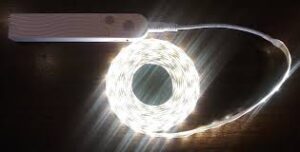
One common issue is the adhesive on the back of the strip losing its stickiness. To troubleshoot this problem, you can clean the surface where the strip will be mounted and apply a new adhesive or double-sided tape.
Another common problem is individual LEDs on the strip not lighting up. This could indicate a faulty connection or a damaged LED. In this case, you can try reconnecting the strip or replacing the faulty LED by soldering a new one in its place.
Tips and Tricks for Successful LED Light Strip Cutting
You can successfully cut LED light strips by following these tips and tricks:
- Measure twice, cut once: Before you make any cuts, carefully measure the desired length of the strip. This will help ensure that you don’t accidentally trim off more than necessary.
- Use sharp tools: A clean and precise cut is essential for maintaining functionality. Make sure to use sharp scissors or a utility knife to avoid frayed edges or damage to the circuitry.
- Seal the ends: After cutting the strip, it’s important to seal the exposed ends with silicone or heat shrink tubing. This will prevent moisture and dust from affecting the connections.
Common Mistakes to Avoid When Cutting LED Light Strips
After learning about the tips and tricks for successful LED light strip cutting, let’s now discuss some common mistakes to avoid when cutting LED light strips.
By avoiding these mistakes, you can ensure that your cut LED light strips will work properly.
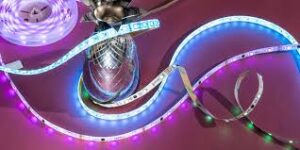
One common mistake is cutting the strip in the wrong place. It’s important to follow the designated cutting marks on the strip and make clean, straight cuts.
Another mistake is not using the correct tools for cutting. Using scissors or a knife may damage the circuitry of the strip, leading to malfunctions.
Troubleshooting common issues with cut LED light strips is also crucial. Some issues may include flickering lights or uneven brightness along the cut sections. This could be due to poor soldering or improper connections between segments.
Exploring Creative Applications for Cut LED Light Strips
Now that we’ve covered some common mistakes, let’s delve into creative applications for your cut LED light strips.
With the ability to customize the length of your LED light strips, you have endless possibilities for exploring unique designs and integrating them into furniture.
Here are three exciting ways to unleash your creativity:
- Accent lighting: Use cut LED light strips to create stunning accent lighting in any space. Whether it’s highlighting architectural features or adding a pop of color to a room, these versatile lights can transform the ambiance.
- Under cabinet illumination: Cut and install LED light strips under cabinets in your kitchen or workspace for practical and stylish task lighting. Say goodbye to shadows while preparing meals or working on projects.
- Artistic installations: Let your imagination run wild by incorporating cut LED light strips into artistic installations. From creating illuminated wall art to crafting innovative sculptures, these lights can elevate any art piece.
With these creative ideas, you can take full advantage of your cut LED light strips and bring your design visions to life.
Frequently Asked Questions
Can I Connect Two Cut LED Light Strips Together?
Yes, we can connect two cut LED light strips together. By cutting the strips at designated points and using connectors, we ensure proper connection and functionality of both segments.
What Is the Maximum Length of LED Light Strips That Can Be Cut?
Yes, LED light strips can be cut, but it’s important to consider the maximum cutting length. Cutting LED light strips may affect brightness, so it’s crucial to follow guidelines for optimal performance.
Can I Reattach the Cut Ends of LED Light Strips?
Yes, you can reattach the cut ends of LED light strips. To troubleshoot cut strips, ensure proper alignment and connection before securing with adhesive or soldering for reliable functionality.
Are There Any Safety Precautions I Should Take When Cutting LED Light Strips?
When cutting LED light strips, it is important to follow proper cutting technique to ensure they still work. However, there are potential electrical hazards involved, so taking safety precautions is crucial.
Will Cutting LED Light Strips Void the Warranty?
Cutting LED light strips may void the warranty. It can have various effects, such as disrupting the circuit or altering the brightness and color uniformity. Care should be taken when cutting to avoid damaging the strip’s functionality.
Conclusion
In conclusion, cutting LED light strips is indeed possible and can still work effectively. By understanding the factors to consider, using the right tools and materials, and following a step-by-step guide, you can achieve successful results.
However, it is crucial to avoid common mistakes and explore creative applications for cut LED light strips. So go ahead and unleash your creativity with these versatile lighting options.
Remember, with the right approach, the possibilities are as bright as a starry night sky.
